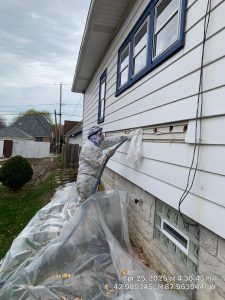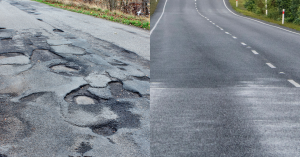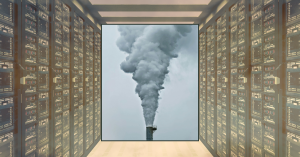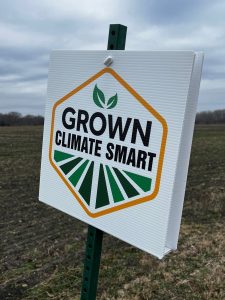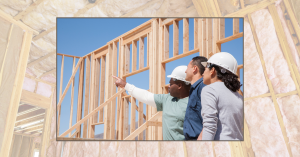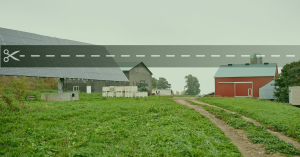
At the breaking point: The Line 5 contested case hearing
In northern Wisconsin, where the Bad River flows through the largest wild rice beds in the Great Lakes basin, a legal battle is looming. The outcome may decide the fate of a dangerous oil pipeline and the health of a fragile watershed.
Read More
